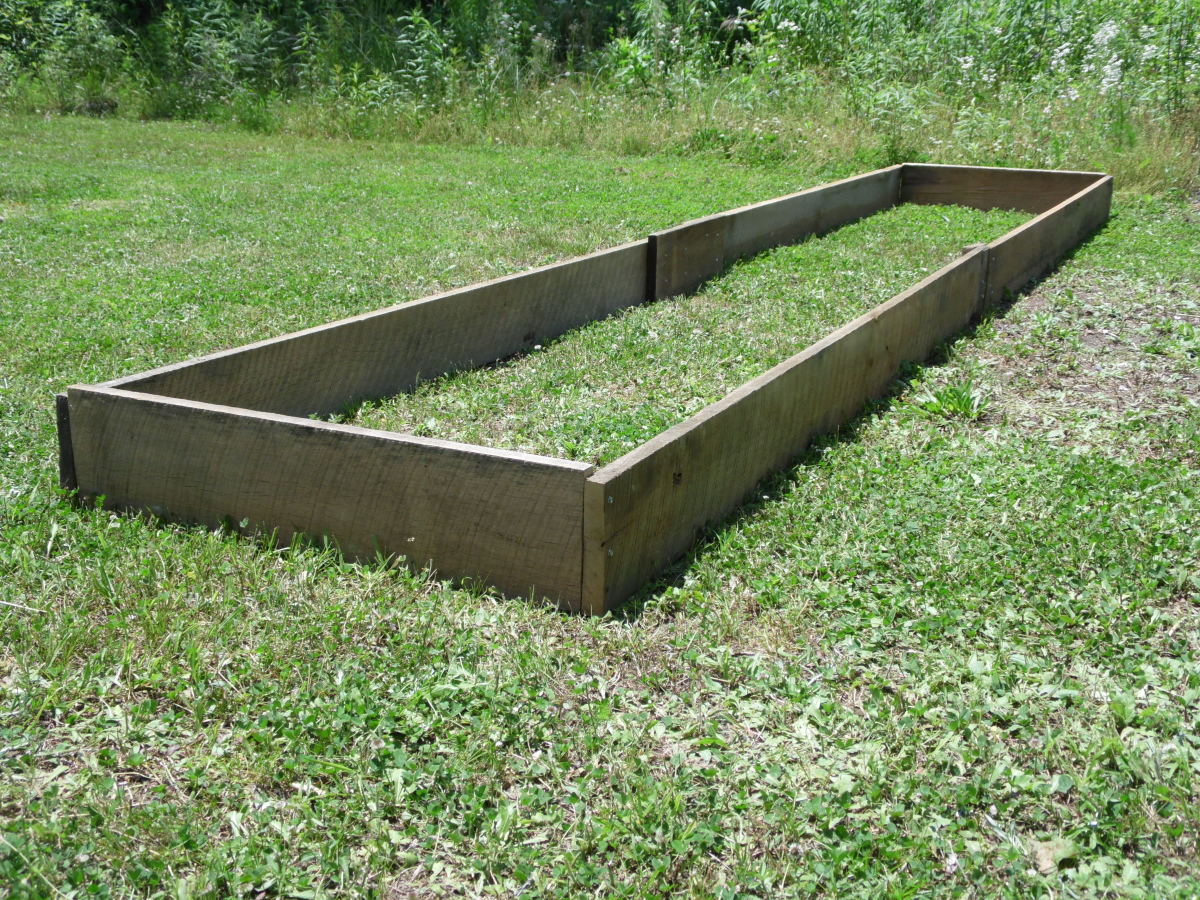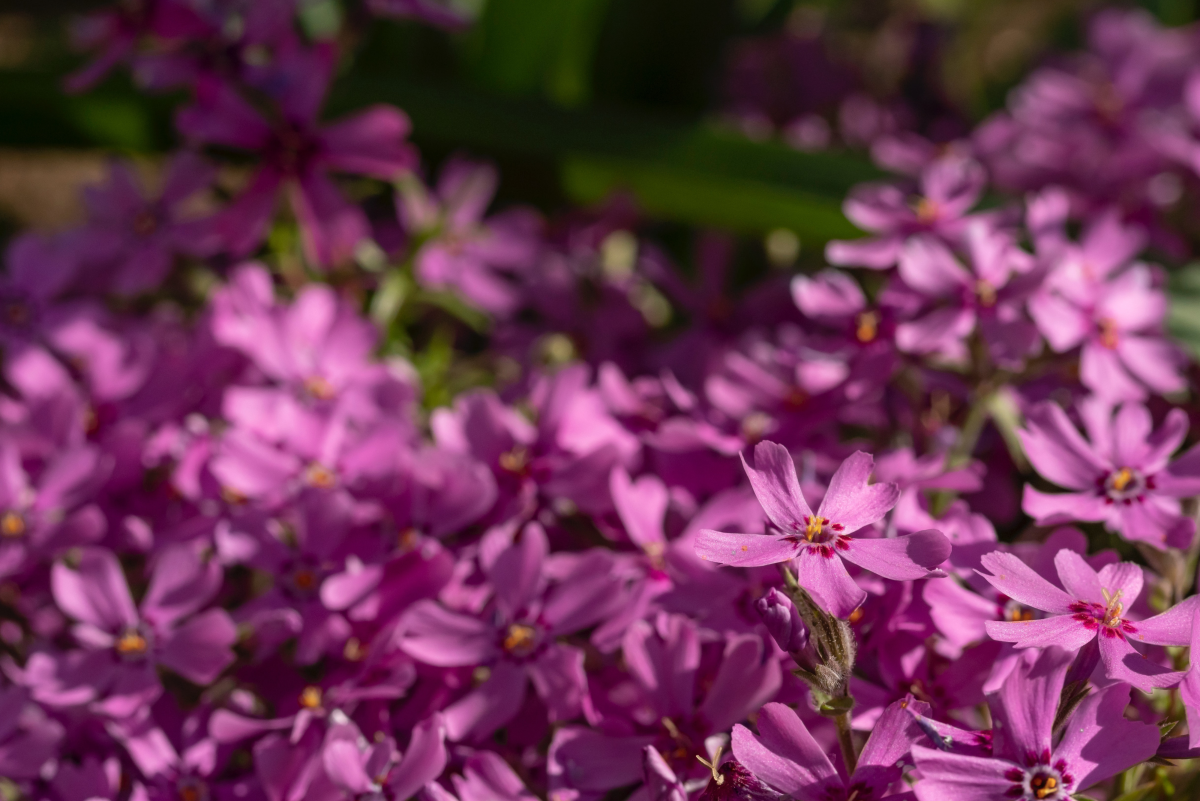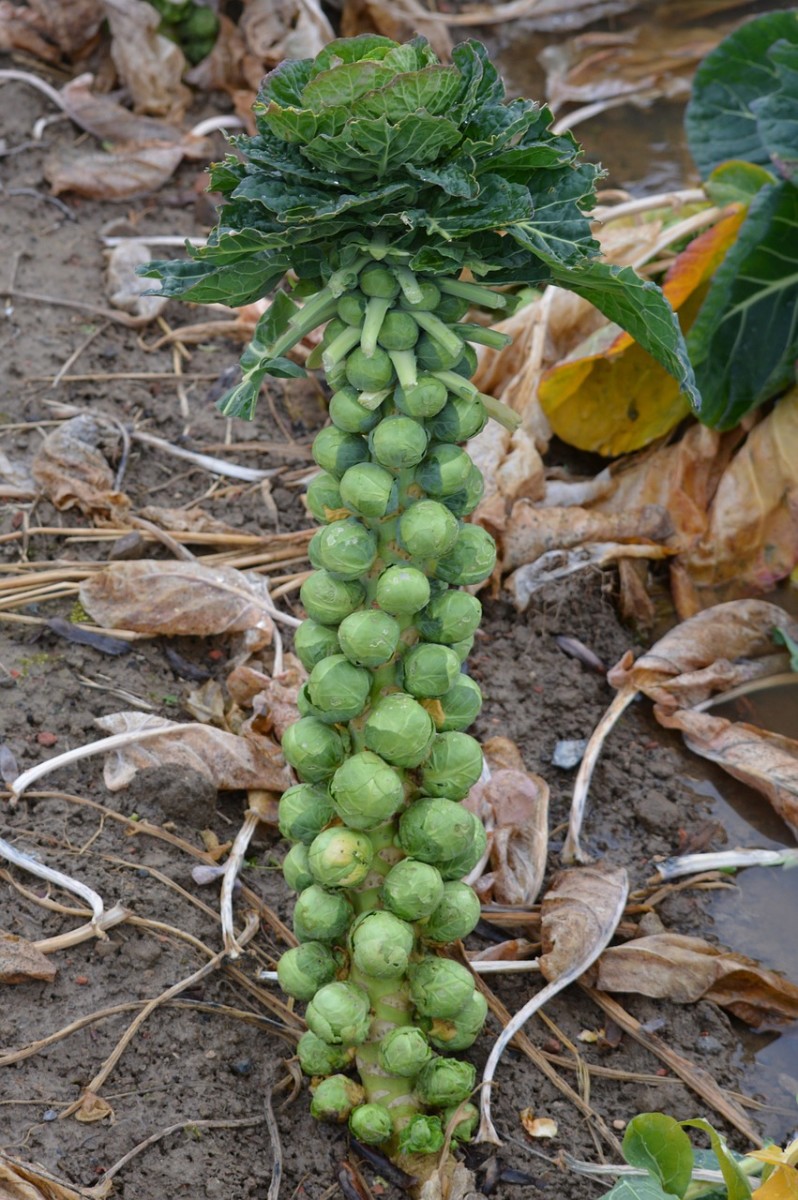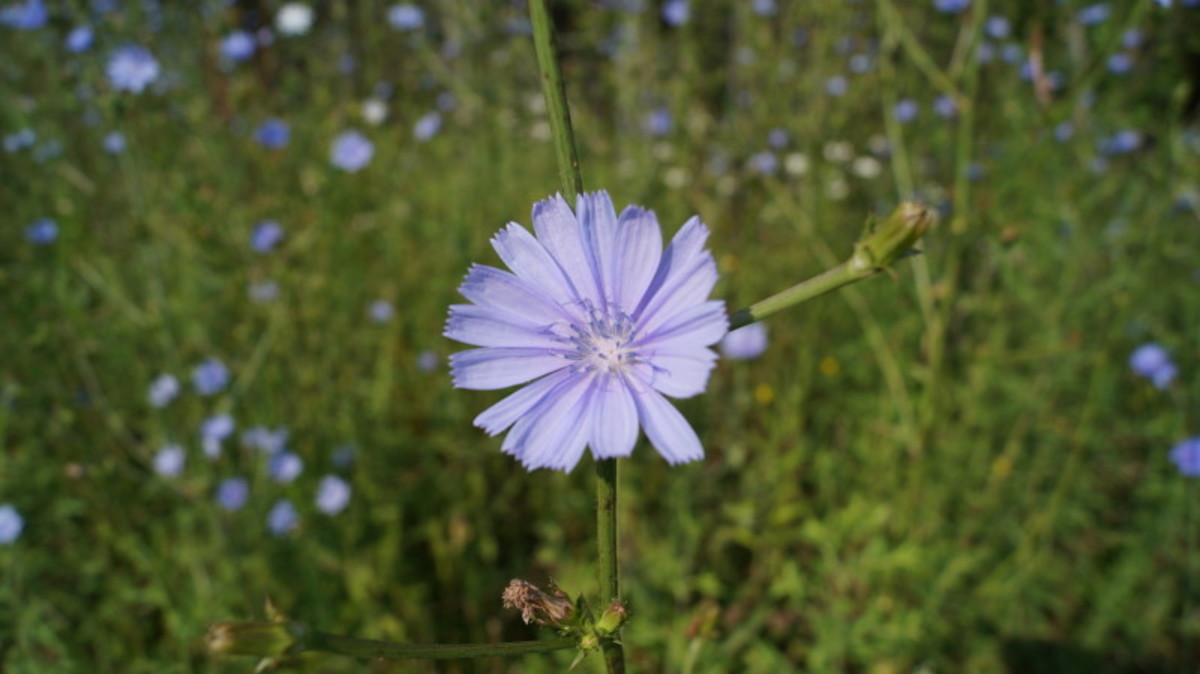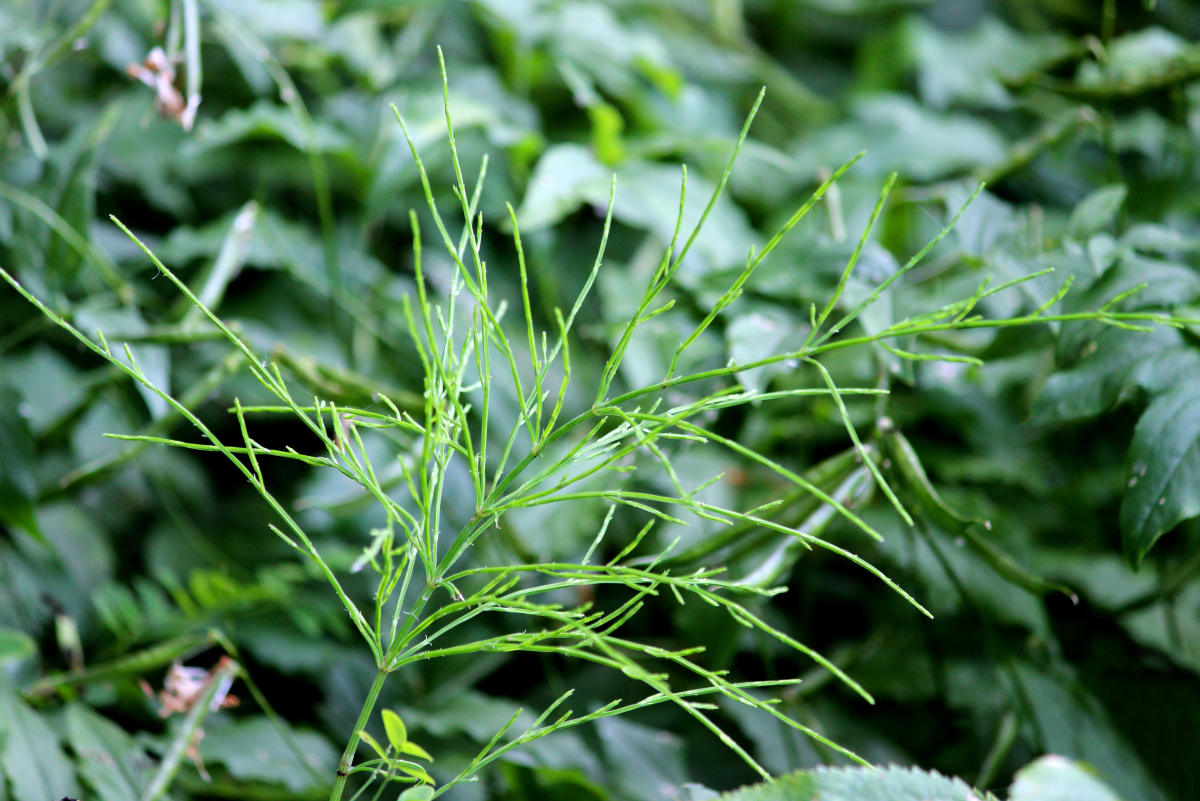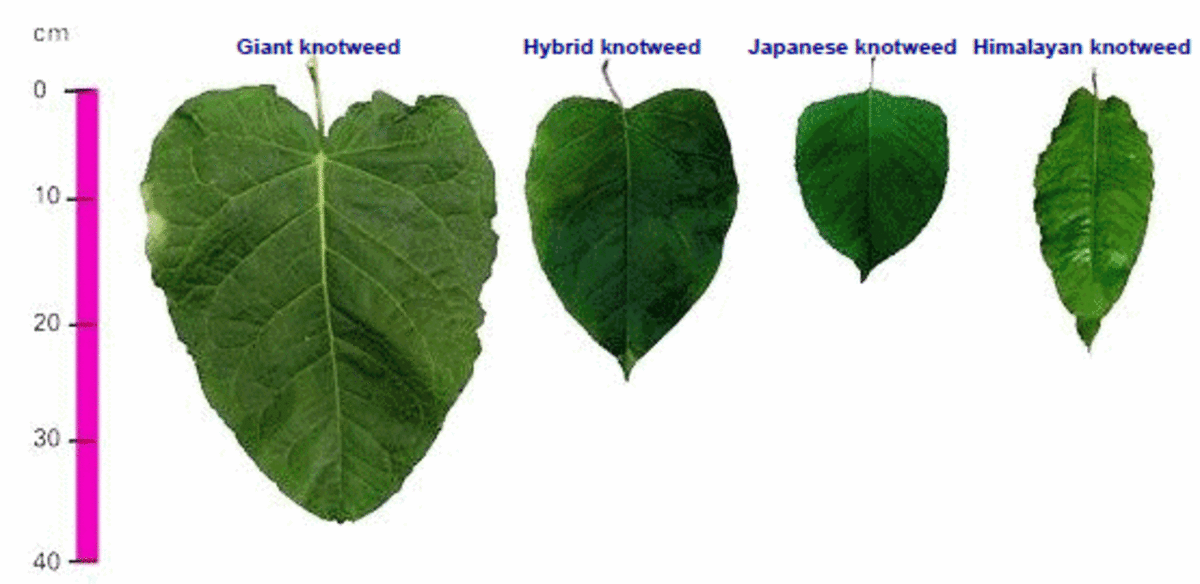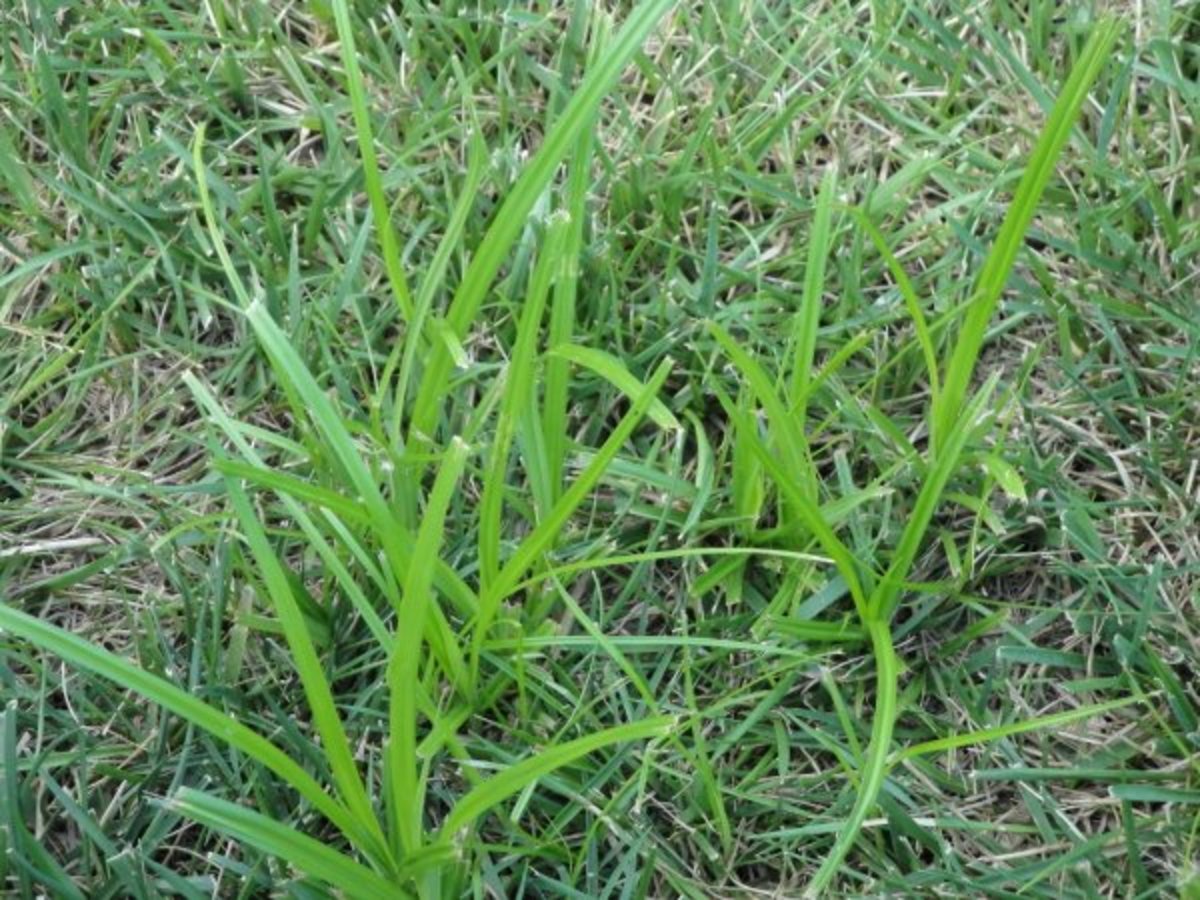Controlling Weeds Organically
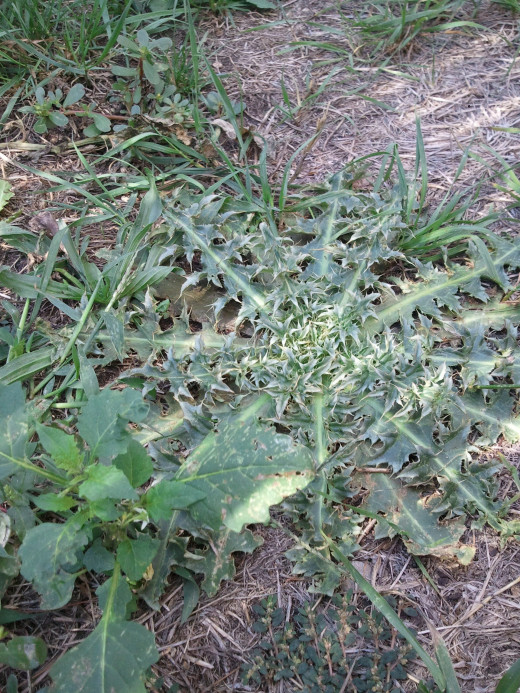
Organic Weed Control Overview
Weeds are a never-ending nuisance and control remains constant. Nowadays, chemical control is usually thought of when dealing with weeds. Unfortunately, chemical control has a few risks associated with it - exposure to chemicals, environmental harm, and drift. Organic control is always an option for those who do not want to deal with chemical herbicides, but some ambition and hard work is needed when using organic, non-chemical control.
Mechanical eradication encompasses the Old World method of weed control - hand tools and hard work. A few household items like vinegar and salt can be used as weed killer, and work great in combination with mechanical control. Using corn gluten meal as a pre-emergent control along with mulching is a great way to prevent and suppress weeds in gardens and flower beds. Persistence is the key when using organic means to control weeds. Staying vigilant will prevent long hours of hassling with weeds.

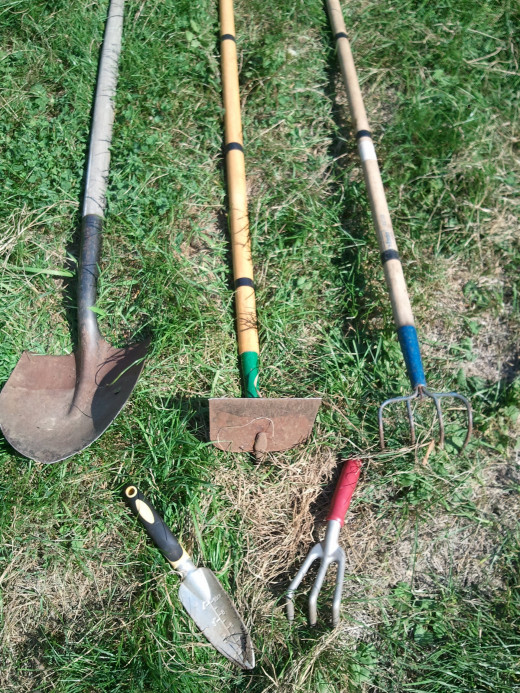
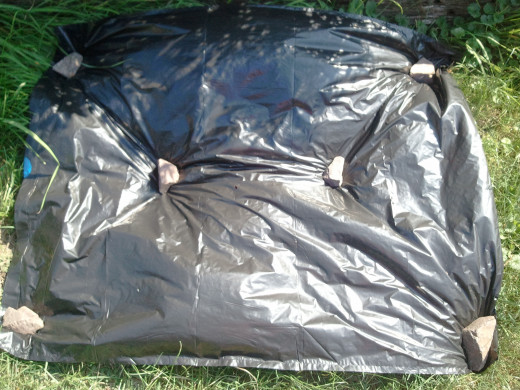
Mechanical Weed Control
Mechanical eradication includes physically destroying and/or removing weeds like tilling, pulling, and hoeing. Other methods include using boiling water and solarization.
Removal with Tools
This method of eradication is the simplest, but is the most labor intensive. Hand tools like hoes, shovels, screwdrivers, chisels, and putty knives can be used to remove weeds. Power tools like a rototiller work great when clearing a garden of weeds prior to planting. Simply pulling out weeds is the most basic method of mechanical eradication. Pulling weeds can cause the foliage to tear off while leaving the root system still intact. Weeds like dandelions and thistles can regenerate lost foliage when plucked off. Be sure to get a good grasp on the base of the plant when pulling to ensure most of the root mass is removed.
Boiling Water
Boiling water can be carefully poured onto weeds, which essentially cooks the plant. Weeds with resilient root systems need to be drenched in boiling water to get an effective kill.
Solarization
Lying a tarp or black garbage over an area of weeds and leaving it in the hot sun will overheat the weeds and kill them. Wet the area prior to covering, then place some heavy rocks or objects on the tarp/bag to keep the wind from blowing under. Let it remain this way for a month or more, starting in early spring. This method works great when clearing large areas of weeds or unwanted lawn for a garden or flower bed.
Mechanical Weed Control Summary
The benefit of mechanical eradication is by far the simplicity. No chemicals or formulations need to be mixed and applied. There is absolutely no harmful risks to oneself, others, pets, and the environment. Hard work and sweat is the only cost when mechanically eradicating weeds. Mechanical eradication was the only means of killing weeds many years ago, and many farmers were successful year after year.


Homemade Organic Weed Control
Household weed killers like salt, soap, and vinegar can destroy weeds without impacting people, pets, and the environment. Some can be used alone, while others can be used in tandem to increase effectiveness. Here are a few household remedies for weeds.
- Vinegar - The acetic acid within vinegar is toxic to plants. Household vinegar is about 5% acetic acid, which will kill seedlings and young weeds. Stronger vinegar like horticultural vinegar will give better results for resilient, mature weeds due to the 20% acetic acid concentration. Apply vinegar when rain is not in the near forecast to ensure an effective kill. For best results, spray directly onto plants and do not dilute with water.
- Salt - Salt is very effective, but significant amounts will cause damage to surrounding soil and non-target plants. Be careful when using salt applications since plants and lawns in the direct vicinity can be killed. A ratio of 1 part salt to 2 parts water is usually enough to provide an effective kill.
- Salt & Vinegar Mixture - Mix 1 & 1/2 cups of table salt with 1 gallon of household vinegar. Dissolve the salt thoroughly and apply via spraying.
- Vinegar & Dish Detergent Mix - Mix vinegar with a few squirts of liquid dish detergent into a spray bottle. Spray during the sunniest and warmest part of the day.
- Liquid Dish Detergent - MIx a soap solution of 1 part liquid dish detergent to 10 parts water. Drench the weeds with the mix.

Pre-Emergent Control
Corn Gluten Meal
Pre-emergent control applications prevent seeds from germinating. Corn gluten meal is a safe alternative to chemical pre-emergent control. It is merely a by-product of the corn industry, usually used in animal feed. It prevents weed seeds from germinating, but will not affect seedlings, mature weeds, and non-target plants. Be careful when applying near non-target seeds, because it will prevent wanted seeds from germinating. Using it in tandem with mulch provides an excellent barrier against weeds.
Corn Gluten Meal & Mulching
Sprinkle corn gluten meal onto the bare soil of a garden, flower bed, or any landscaped area that needs maintenance against weeds. Cover the bare soil and corn gluten meal with 2 to 3 inches of mulch. This combo is very effective against the germination and suppression of weeds.

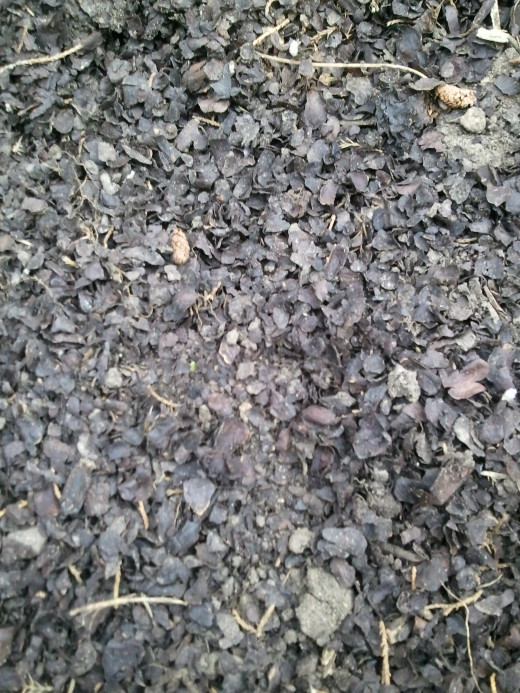
Mulching
Mulching is often overlooked as a form of weed control. Using mulch is a great way to suppress weeds in a garden or flower bed. A layer of mulch makes it difficult for weeds to sprout in the soil, grow through the mulch, and finally reach the surface. Weeds that do find a way to grow in mulch are usually easy to pull. Mulch should be used in combination with corn gluten meal. Mulching has other benefits such as moisture retention and pathogen suppression. Mulch should be applied 2 to 3 inches thick above the topsoil.
Benefits of Mulching:
- Suppression of weeds & diseases
- Evaporation reduction
- Visually pleasing
- Reduction of winter damage to roots
- Added nutrients to the soil as mulch decays
Types of Mulch
A few common fine-textured mulches are twice-shredded bark, compost, cocoa hulls, and grass clippings. Grass clippings should not be applied in thick layers because the clippings can smother the soil and seedlings. Coarse-textured mulches commonly available are straw, bark, and wood chips.

Persistence
Remaining persistent when controlling weeds is the best defense. Do not let a garden, flower bed, or landscaped area grow out of control with weeds. Regularly putting in a little time and effort will ultimately pay off.
Prevent Reproduction
Regular maintenance will prevent weeds from reproducing as well. Removing weeds before they reach maturity will stop future weeds. A single mature weed can spread many seeds. Some weeds like Canada thistle have rhizomes that spread underground and sprout new shoots, which create dense thickets. Killing young weeds is absolutely vital to weed control.

Organic Weed Control Poll
Have you ever used organic weed control?



